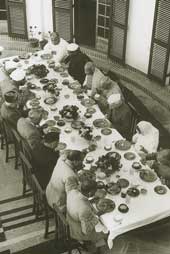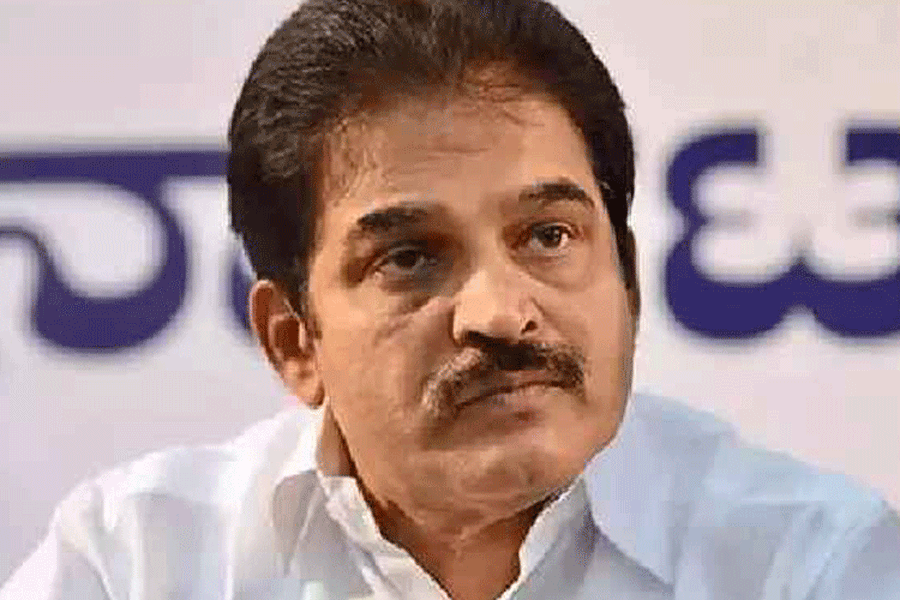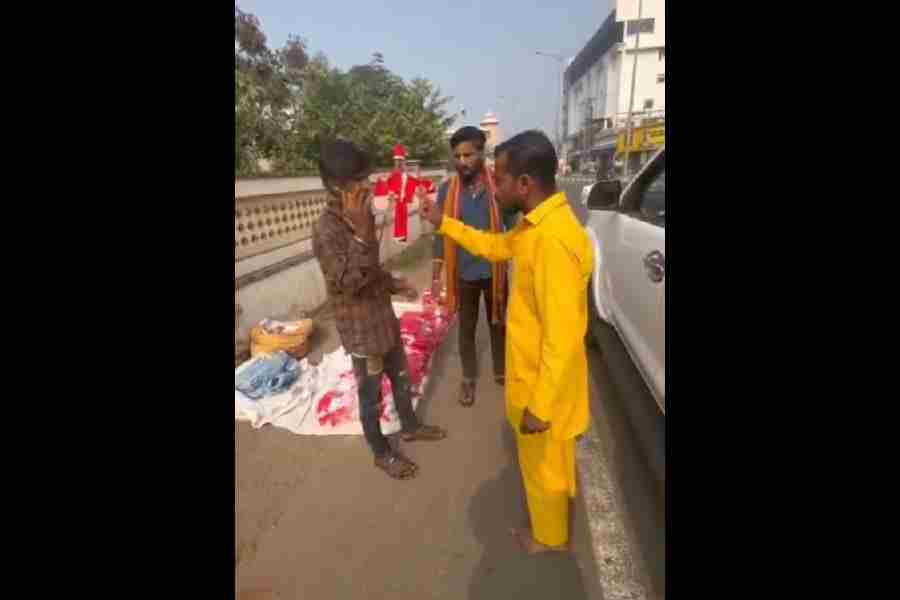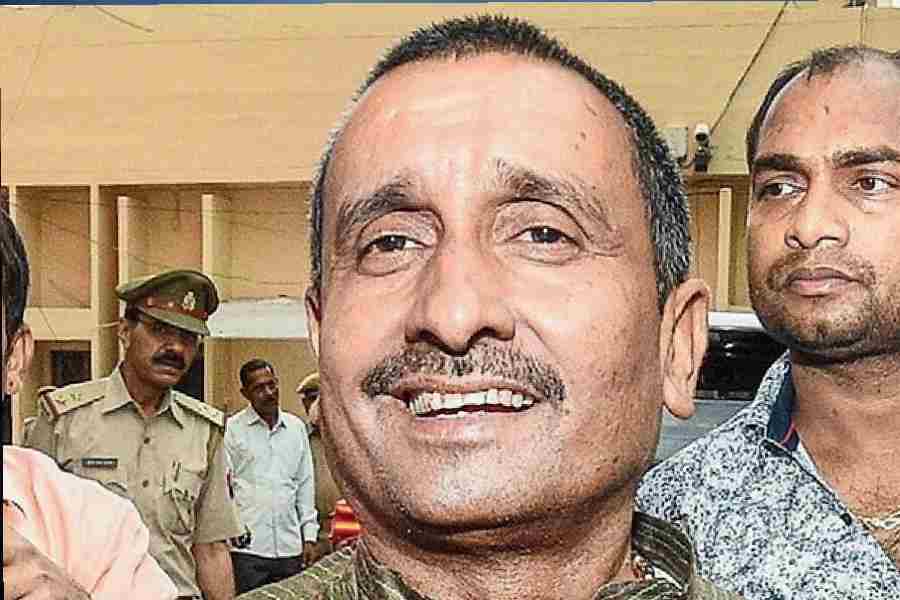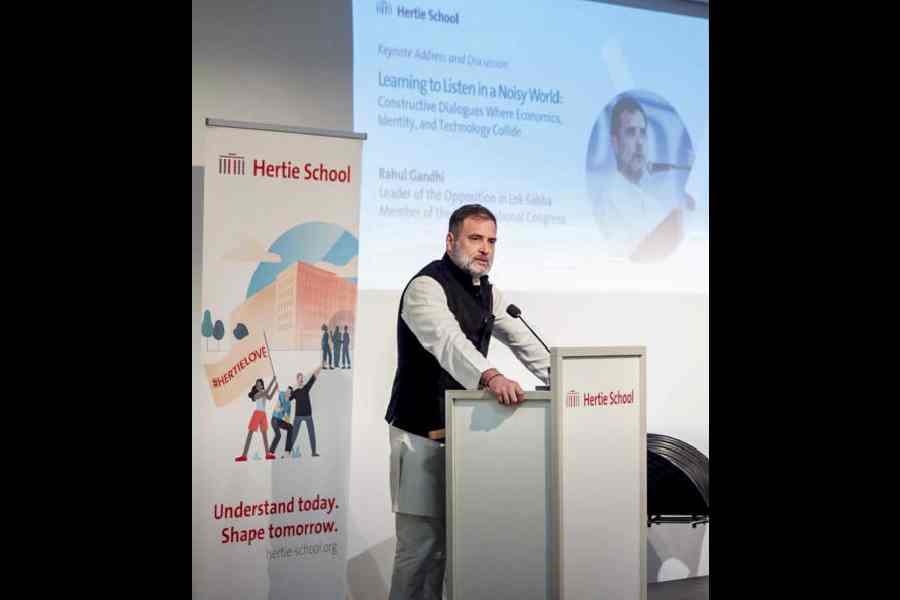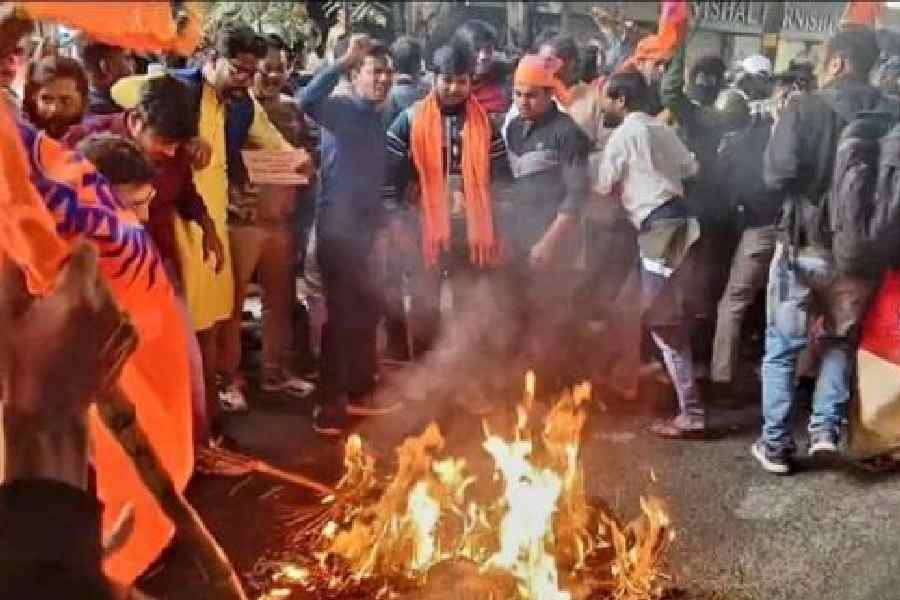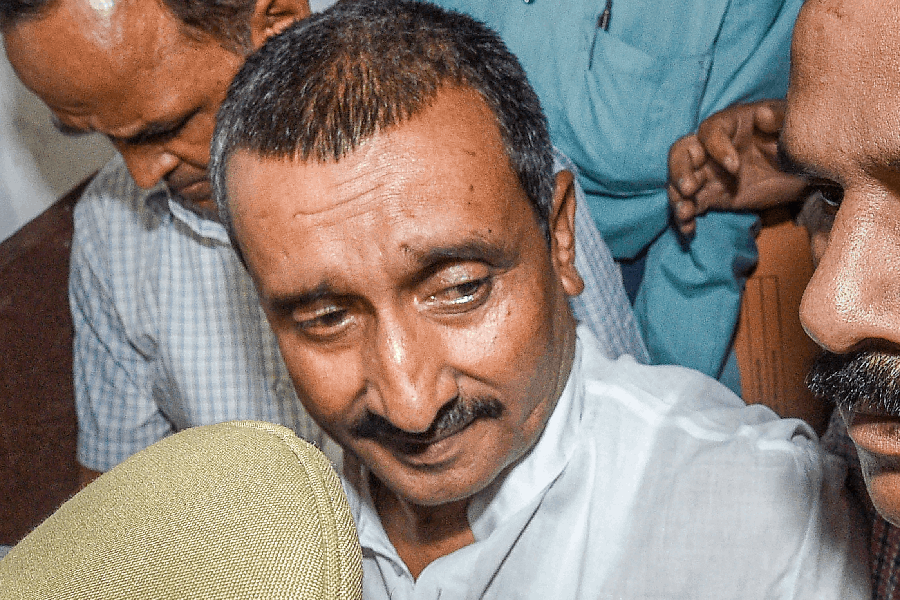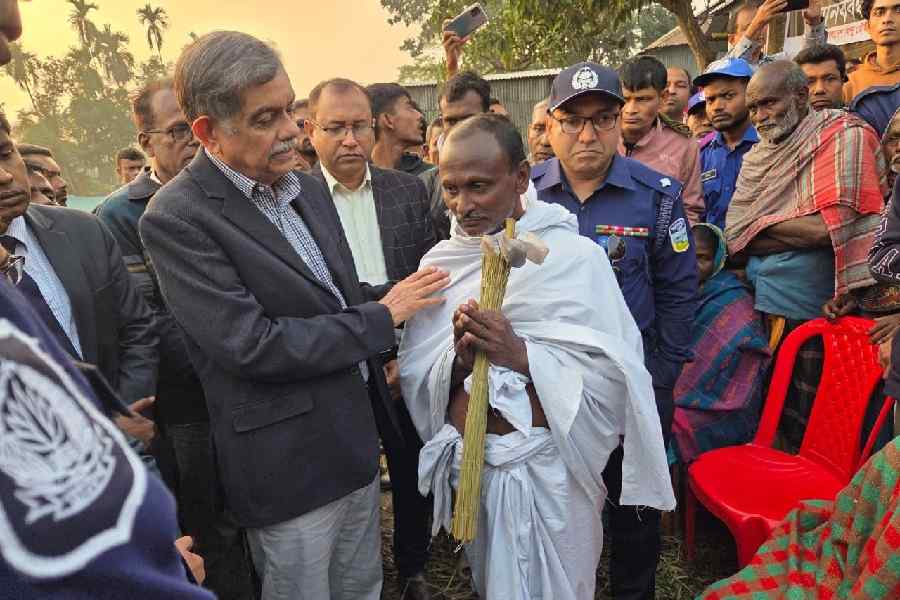 |
 |
 |
 |
| Top: Nehru?s 1948 Cabinet at a lunch hosted by Sardar Patel after Rajagopalachari became Governor-General; A game at a social event at Delhi?s Gymkhana Club, organized by General Cariappa after he became Army Chief following Independence; Bottom: A rare picture taken when both Homai and Nehru were aboard India?s first BOAC jet plane (which crashed on its second flight): ?he gallantly lit up a cigarette for the wife of the Deputy High Commissioner of Britain.? |
INDIA IN FOCUS: CAMERA CHRONICLES OF HOMAI VYARAWALLA (Parzor Foundation and Mapin, Rs 2,750) by Sabeena Gadihoke is an invaluable book about a remarkable woman. Homai Vyarawalla is India?s first woman press photographer. Her work chronicles the last years of the Raj in Bombay and Delhi, the first euphoric years after Independence, and then the relatively more complex tones of the Sixties and Seventies. Born in 1913 into a middle-class Parsi family in Gujarat, Homai grew up in Bombay, was the only girl in her class to complete her matriculation examination, and was trained in photography largely by herself, by Maneckshaw (whom she married later), and at the J.J. School of Arts. Her career included working for The Illustrated Weekly and then with the British Information Services. She is seen here (third from top) at a photo session with Mrs Gandhi (then prime minister), the subject? together with Nehru ? of what are now iconic photographs by Homai. Distinctive, indomitable and endearingly funny, Homai was nicknamed ?Princess? by Radhakrishnan, ?Energy? by General Cariappa, and ?Mummy? by her colleagues. When she photographed the Mahatma with a flash, he snapped at her, ?Yeh ladki mujhe andha nahi banaige tab tak nahi jayegi [This girl will not rest until she makes me blind].?
?With no one to guide me in my formative years,? Homai writes in 2005, ?I had to depend solely on my own instinct to plan out my future. The credit for all that I was able to achieve goes to my very supportive mother, who despite criticism from the orthodox, as well as financial constraints, allowed me all freedom to do what I thought was best for me. Another very important person in my life ? my husband ? not only encouraged me to take on the exclusive male dominated profession of press photography, but also shared, on an equal basis, the burden of balancing family with professional life to our entire satisfaction.?
Gadihoke?s work brings together excellent reproductions of Homai?s photographs, thorough curating, nuanced and readable biographical documentation, and a well-researched grasp of Homai?s social and historical context, especially the history of the Parsi community that is embodied in her life and career.
One also gets to hear Homai?s voice vividly in this book: ?It was fifty years of having taken these pictures that I started to see the value of my work.? And her reasons for giving up photography after the Seventies: ?I had shot important people from all over the world. You do not want to go for small things then, for people who are not gracious, dignified and sincere. I missed that graciousness and when it was gone, my interest in photography was gone as well.?

